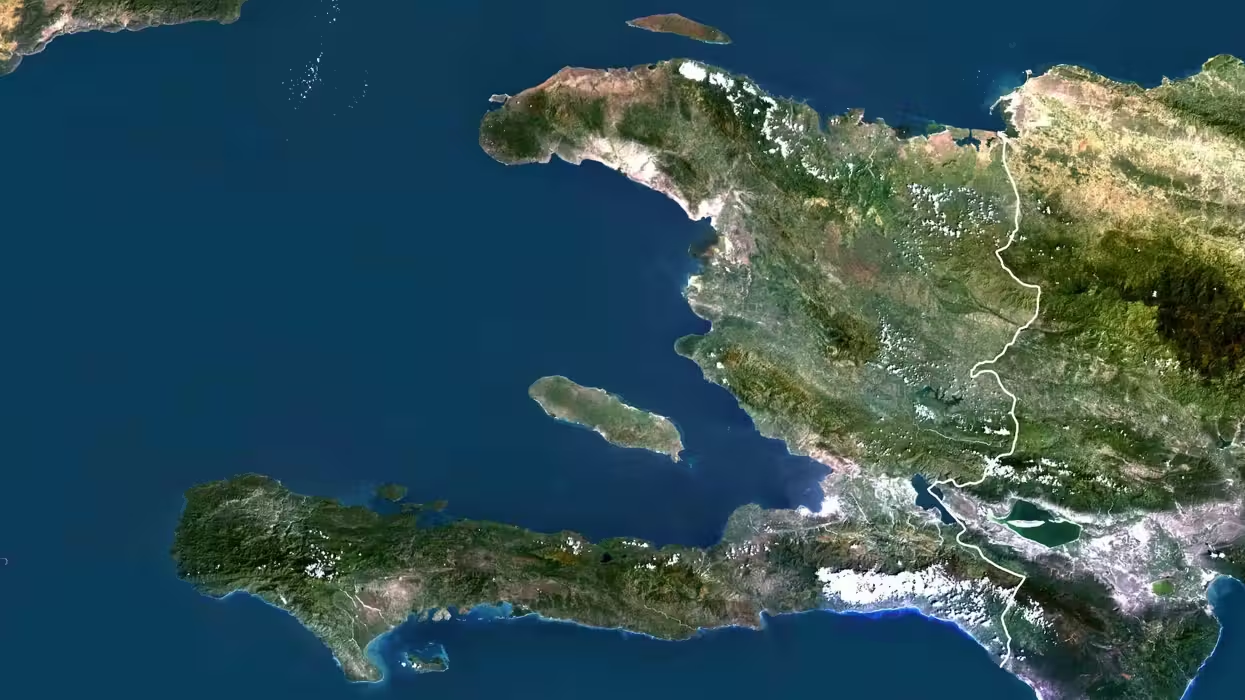The Defense Department said one focus of the Monday night airstrikes against in Syria and Iraq was a terrorist group called Khorasan, which was developing plans to launch attacks against Western targets, which may have included attacks against the United States.
But Joint Chiefs of Staff Director Bill Mayville told reporters Tuesday that it's not clear how well U.S. airstrikes disrupted Khorasan, which he described as a group affiliated with Al-Qaeda.
 Lt. Gen. William C. Mayville Jr., Joint Staff Director of Operations Director of Operations, speaks about airstrikes in Syria during a briefing at the Pentagon September 23, 2014 in Washington, DC. AFP PHOTO/Brendan SMIALOWSKI
Lt. Gen. William C. Mayville Jr., Joint Staff Director of Operations Director of Operations, speaks about airstrikes in Syria during a briefing at the Pentagon September 23, 2014 in Washington, DC. AFP PHOTO/Brendan SMIALOWSKI
"Intelligence reports indicated that the Khorasan group was in the final stages of plans to execute major attacks against western targets, and potentially the U.S. homeland," he said.
In the last few days, officials have said Khorasan could pose as much danger to the United States as the Islamic State, which was also hit by U.S. missiles late Monday night.
To disrupt Khorasan's plans, the U.S. launched a wave of airstrikes against the group on Monday at about 8:30 p.m. eastern standard time. That strike consisted of more than 40 tomahawk missiles from U.S. ships.
"The majority of the tomahawk strikes were against Khorasan group compounds and manufacturing workshops and training camps," he said.
Mayville declined to say what Khorasan might have been planning, and said the Defense Department is still assessing how much damage the U.S. missiles did to the group.
"It would be premature comment on the effects," he said. "We need to do a little bit more study."
The second wave of airstrikes was led by F-22s, F-15s, F-16s, B-1 bombers and drones that focused on hitting Islamic State headquarters, training camps, barracks and combat vehicles. The Defense Department tweeted out a picture of a before and after shot of a building hit by an F-22.
"They launched from bases in the region around 9 p.m. eastern standard time against targets in Northern Syria," Mayville said.
At around midnight, F-18s and F-16s hit more Islamic State targets in eastern Syria, including training camps and vehicles.
"Last night's strikes are the beginning of a credible and sustainable persistent campaign to degrade and ultimately destroy ISIL," he said.
While Mayville was hesitant to gauge how successful the Monday sorties were, Rear Admiral John Kirby called it "very successful."
"Our initial indication is that these strikes were very successful," Kirby said. "While it's not our policy to discuss future operations, I can tell you that last night's strikes were only the beginning."
Mayville stressed again that there are no plans to insert ground troops into the Middle East, and said plans are continue airstrikes for several years.
"I would think of it in terms of years, yes," he said.

 Lt. Gen. William C. Mayville Jr., Joint Staff Director of Operations Director of Operations, speaks about airstrikes in Syria during a briefing at the Pentagon September 23, 2014 in Washington, DC. AFP PHOTO/Brendan SMIALOWSKI
Lt. Gen. William C. Mayville Jr., Joint Staff Director of Operations Director of Operations, speaks about airstrikes in Syria during a briefing at the Pentagon September 23, 2014 in Washington, DC. AFP PHOTO/Brendan SMIALOWSKI





